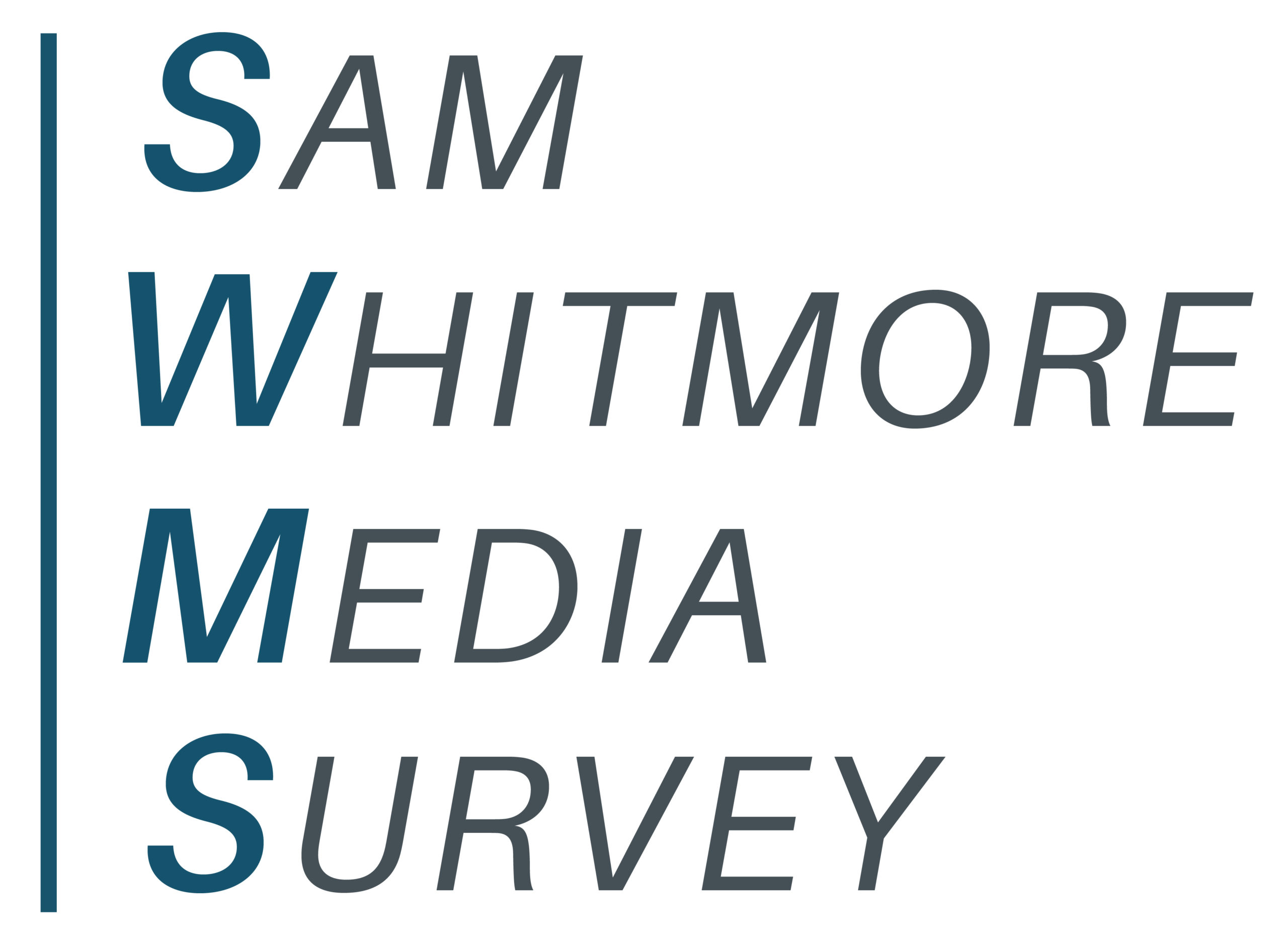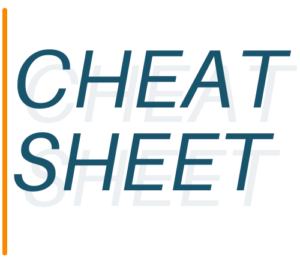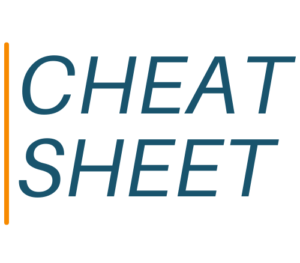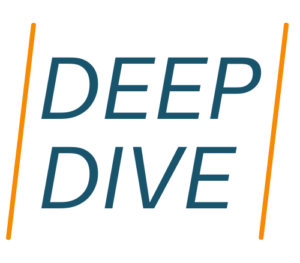
Update: Paid Content Directory 2024
We’re proud to introduce the SWMS Paid Content Directory 2023. Modeled after our contributed content gatekeepers directory, the resource is designed to help point our subscribers in the right direction when they have budget to spend on “saying it the way you want to.”



